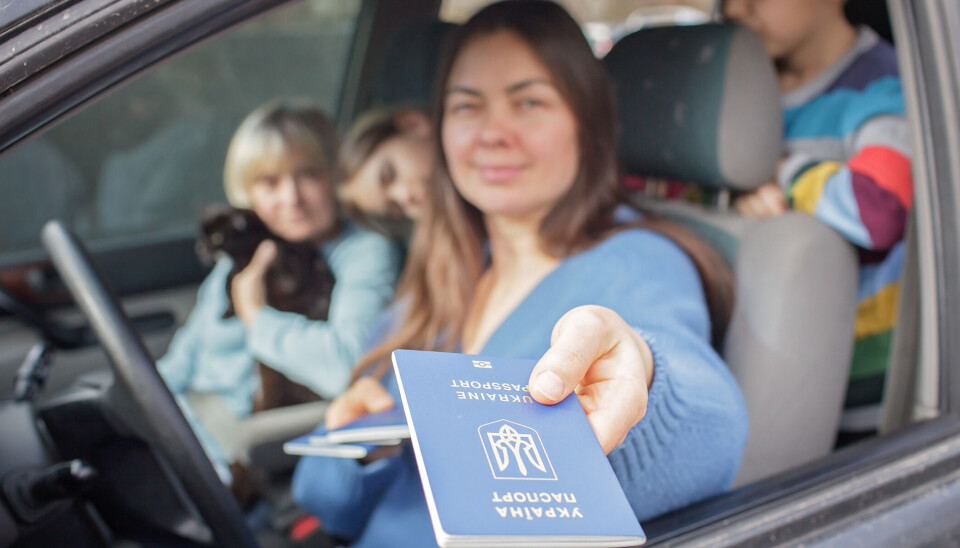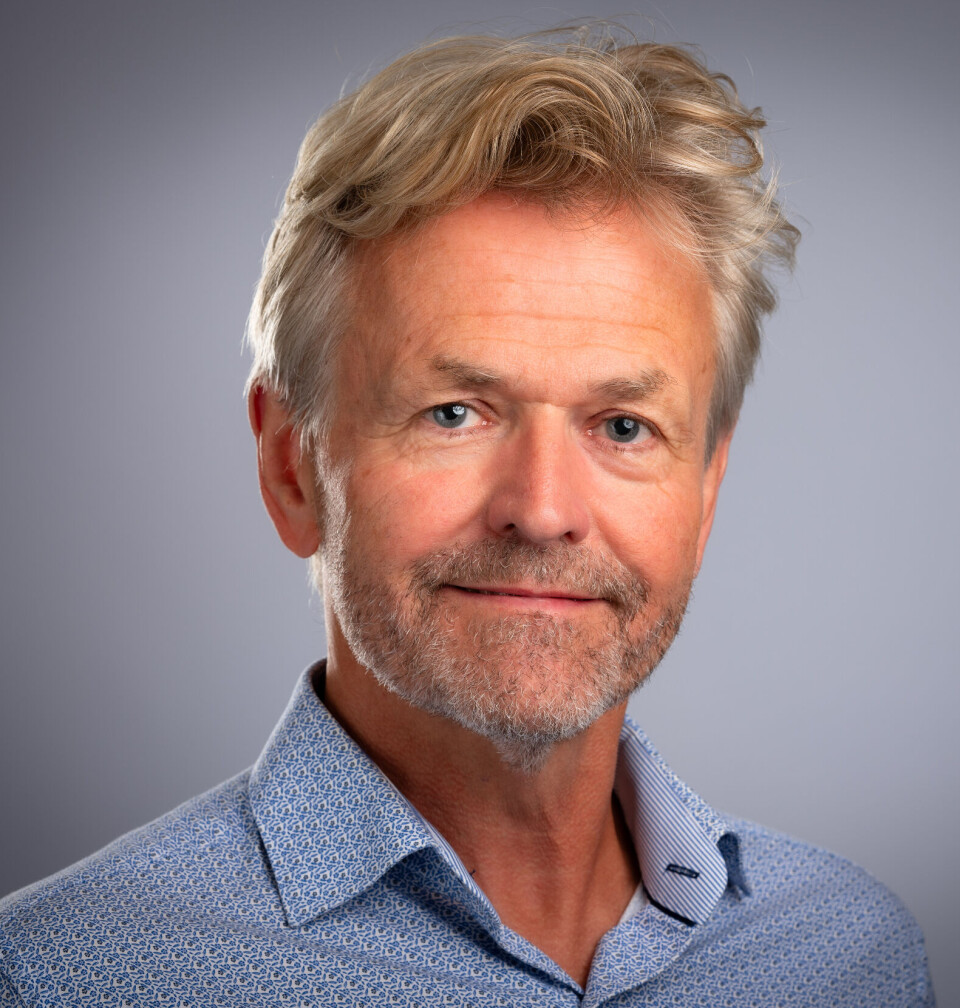THIS CONTENT IS BROUGHT TO YOU BY Oslo Metropolitan University - read more
“Ukraine faces a massive emigration problem”
The country lacks people who can work and pay taxes. A new report shows how both politics and personal circumstances shape the decision to stay or return.

“Many Ukrainian refugees in Norway are facing a dilemma. Should they try to stay here, or should they start preparing to return to their home country? The collective temporary protection will eventually come to an end,” says Jørn Holm-Hansen.
He is a researcher at the Norwegian Institute for Urban and Regional Research (NIBR) at OsloMet.
Holm-Hansen is also the project leader for a new report commissioned by the Norwegian Ministry of Foreign Affairs.
In it, researchers explore what influences refugees’ own assessments about returning to Ukraine, as well as the experiences of those who have already returned from Norway.
The report also covers the policies Ukrainian authorities are pursuing towards the many Ukrainians now living abroad.
Trust and safety are key
Population trends are a major headache for Ukrainian authorities, Holm-Hansen explains.
“They’re facing a massive emigration problem, driven by both labour migration and war. There’s simply a shortage of people to work and pay taxes,” he says.

Holm-Hansen says trust in the Ukrainian government is the single most important factor when people consider returning. Without trust, the likelihood of return is low.
“Family situation also plays a big role. If you have children under 18 in Norway, the motivation to return is lower. If you have a spouse or children in Ukraine, the motivation increases,” he explains.
It is not always the most resourceful refugees who return.
“Those returning now are often older and more likely to have health issues than the rest of the population,” he says.
As a result, they contribute little to the Ukrainian labour force, which the government is eager to strengthen.
Fear of stigmatisation
Half of the refugees in Norway fear negative attitudes from those who stayed behind in Ukraine.
“But the returnees we spoke with in Ukraine haven’t experienced blame or envy,” says the researcher.
Still, there is a difference between returning during wartime and returning in peacetime.
“We know from other parts of the world that those who stayed during the war often view refugees as privileged. That’s quite the opposite of how we tend to see refugees in Norway – we often perceive them as particularly vulnerable,” he says.
Holm-Hansen adds that those who have returned have faced few practical obstacles.
“But safety remains a major concern,” he says.
Children’s future carries great weight
Parents are especially concerned about their children’s well-being and education. Many fear that returning would mean uprooting their children all over again.
At the same time, some choose to return precisely for the sake of their children.
“They want to ensure a safer and more familiar school environment,” says Holm-Hansen.
Poor integration in Norwegian schools and concerns that the education is too lax were mentioned as reasons why some are considering returning to Ukraine.
Return policy under development
Ukraine is working on a new policy for voluntary return. The Ministry of National Unity is responsible for both developing a national identity and maintaining contact with Ukrainians abroad.
They aim to promote a message of national unity and the need to address the demographic crisis.
They encourage people to return, but are also focused on facilitating ways for Ukrainians abroad to contribute from where they are.
According to the ministry, this can be done by sending money home and acting as advocates for Ukrainian interests in the countries they live in, Holm-Hansen explains.
“A proposed legal amendment allowing dual citizenship is one of several measures to strengthen ties with Ukrainians abroad,” he says.
At the same time, Ukrainian authorities are working closely with the United Nations High Commissioner for Refugees (UNHCR) and the International Organization for Migration (IOM).
Returns should be voluntary and based on solid information. But the organisations stress that safe and dignified return is still not guaranteed.
Recommendations for return
The report offers several recommendations:
- Avoid stigmatisation: International support for return should be directly linked to the return and reintegration process.
- Facilitate visits: Refugees should be able to visit their home country before deciding, so they can make as informed a choice as possible.
- Better information: Refugees need clear guidance on how to notify Norwegian authorities and institutions when returning.
- Educational cooperation: Norway and Ukraine should compare curricula and inform parents about recognition processes.
- Strengthen access to information in Ukraine: Digital information centres within Ukraine should provide guidance to both returnees and refugees.
“For many, returning isn’t just about Ukraine, it’s about their hometown and local community. It’s a complex decision that requires good information and trust,” says Holm-Hansen.
Reference:
Holm-Hansen et al. Why return to Ukraine? An analysis of Ukraine’s evolving return policies and the motivations of refugees to return, Norwegian Institute for Urban and Regional Research (NIBR), 2025.

This content is paid for and presented by OsloMet
This content is created by Oslo Metropolitan University's communication staff, who use this platform to communicate science and share results from research with the public. Oslo Metropolitan University is one of more than 80 owners of ScienceNorway.no. Read more here.
More content from OsloMet:
-
"We need to talk about how we assess teacher students"
-
Cannabis use in Norway has increased: “Not everyone needs moral lectures or worried looks"
-
Many children with ADHD do not thrive at school
-
An out-of-control race: Why we fear artificial intelligence
-
One in four seniors feels digitally discriminated against
-
Norwegians are among the least lonely in Europe




































